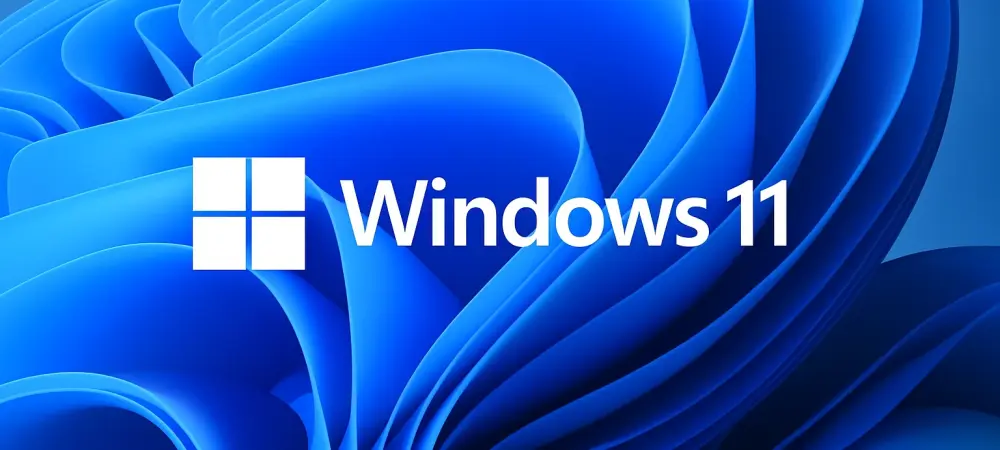In the ever-evolving technology landscape, staying current with the latest advancements is imperative for organizations striving for efficiency and security. With Microsoft announcing the end of support for Windows 10, there’s an urgent need for companies to transition to Windows 11 to avoid the potential security pitfalls that come with outdated software. As organizations pave their path toward this transition, understanding the implications and advantages of Windows 11 becomes a pivotal consideration for ensuring seamless continuity.
Navigating Through Windows 11
Windows 11 emerges as the latest feedback-driven iteration by Microsoft, showcasing significant advancements over its predecessors. This next-generation operating system is constructed on a well-thought-out architecture designed to enhance user experience and broaden computing capabilities. Its user interface, system requirements, and array of features distinguish it from earlier versions, positioning it to address modern user expectations and technological challenges across various sectors. Windows 11 is not just an upgrade from its predecessor; it represents a leap in the operating system’s evolution. By integrating cutting-edge technologies, Microsoft has placed Windows 11 at the forefront of technological innovation. This evolution from earlier operating systems establishes Microsoft’s place within the broader technological landscape, ensuring they address the growing complexity of challenges faced by modern enterprises.
Highlights of Windows 11 Features
Robust Security Framework
Windows 11 boasts a comprehensive upgrade in its security features, enhancing its capacity to safeguard user data and infrastructure. Requirements such as TPM 2.0 and Secure Boot ensure that the system is fortified against security breaches. The inclusion of UEFI and an improved Credential Guard shields users against unauthorized access, underscoring Windows 11’s focus on pushing system protection to unprecedented levels.
Enriching User Interface and Experience
Windows 11’s redesigned user interface is a marvel of modern design, tailored to foster a more intuitive and productive user environment. The interface offers streamlined navigation, facilitating ease of access and heightened user satisfaction. Innovative features enhance functionality, enabling users to explore and utilize applications more efficiently, thereby improving work productivity and satisfaction levels.
Enhanced System Performance
The system performance optimization of Windows 11 is noteworthy, focusing on power efficiency and multitasking prowess, which contribute to the overall system speed and reliability. Its design allows for seamless operations without compromising speed, making it an attractive option for users who demand performance without deterioration. These enhancements collectively ensure that the system remains dynamic and capable of handling complex tasks efficiently.
Innovations and Updates
Windows 11 has seen a steady stream of updates and enhancements, continually refining its performance and adaptability. Microsoft’s commitment to updates ensures the system remains responsive to changing user needs and emerging technological paradigms. Trends indicate user feedback increasingly influences the development of new features, resulting in an ecosystem that is both user-centric and innovation-driven. Amid continuous advancements, Windows 11 has adeptly adapted to meet users’ needs by integrating feedback into ongoing developments. This showcases Microsoft’s capacity to listen and refine, ensuring users receive the most relevant, efficient solutions possible in real-world environments.
Real-World Utilization
Enterprise sectors have adopted Windows 11 across various industries, leveraging its capabilities to optimize functions. Educational institutions utilize it to enhance teaching methodologies, while healthcare sectors harness its robustness to improve patient care systems. Notable implementations illustrate the operating system’s potential to transform operational paradigms, rendering it an indispensable tool across myriad sectors. Various case studies highlight the transformative impact Windows 11 has on operational efficiency. Enterprises and institutions embracing the system benefit from its unique use cases, demonstrating profound enhancements in workflow and output, underscoring its potential as a formidable technological asset.
Adoption Challenges
Despite its myriad advantages, Windows 11 faces hurdles such as hardware compatibility challenges impeding widespread adoption. Hardware requirements, including TPM 2.0 and other specifications, necessitate companies to consider new hardware investments. While these demands pose initial stumbling blocks, Microsoft and the wider community have engaged in efforts to navigate potential regulatory and compliance roadblocks effectively. Addressing barriers, Microsoft has provided guidance and community-supported solutions aimed at overcoming the transition impediments. This collaboration enhances the viability of Windows 11 adoption, ensuring users experience minimal disruption during the migration process.
Future of Windows 11
Looking ahead, Windows 11 is anticipated to undergo numerous enhancements, potentially unveiling breakthroughs in both capabilities and user experience. Microsoft strategizes on expanding its reach, driven by anticipated innovations awaiting in its pipeline. The company’s strategic initiatives focus on broadening the operating system’s capabilities, signaling its continued evolution in the market. Future iterations promise to incorporate more advanced features, indicating a sustained impact on technological sectors—ensuring Microsoft maintains its competitive edge. This progression highlights the company’s commitment to driving innovation while broadening the system’s market appeal.
Concluding Thoughts
In culmination, Windows 11 stands as a milestone in Microsoft’s operating system landscape, offering a compelling array of features designed to meet modern user demands. Organizations are urged to address impending cybersecurity challenges by transitioning early to Windows 11, thereby securing their data and infrastructure. The system heralds a new era in technology, laid upon a foundation of security and innovation, positioning it as an essential component for any forward-thinking entity.Fut ure adaptations and developments promise to revolutionize the market further, heralding a shift in technological expectations globally.

